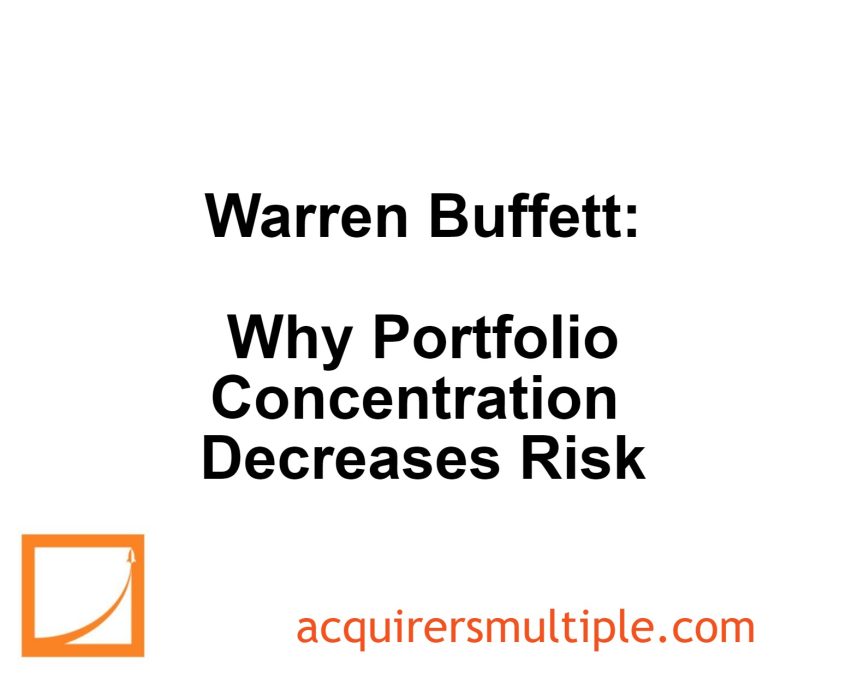In his 1993 Berkshire Hathaway Annual Letter, Warren Buffett explains that he and Charlie Munger decided long ago to focus on making a few smart investment decisions rather than many, especially as Berkshire Hathaway’s capital grew.
They adopted a concentrated portfolio strategy, rejecting standard diversification advice. They believe that concentrating investments reduces risk by forcing deeper analysis and understanding of each business.
Buffett critiques academics who define risk as stock volatility and use “beta” to measure it, arguing that it’s more important to be approximately right in investing decisions than to rely on precise but potentially misleading metrics.
Here’s an excerpt from the letter:
Charlie and I decided long ago that in an investment lifetime it’s just too hard to make hundreds of smart decisions. That judgment became ever more compelling as Berkshire’s capital mushroomed and the universe of investments that could significantly affect our results shrank dramatically.
Therefore, we adopted a strategy that required our being smart—and not too smart at that—only a very few times. Indeed, we’ll now settle for one good idea a year. (Charlie says it’s my turn.)
The strategy we’ve adopted precludes our following standard diversification dogma. Many pundits would therefore say the strategy must be riskier than that employed by more conventional investors. We disagree.
We believe that a policy of portfolio concentration may well decrease risk if it raises, as it should, both the intensity with which an investor thinks about a business and the comfort-level he must feel with its economic characteristics before buying into it.
In stating this opinion, we define risk, using dictionary terms, as “the possibility of loss or injury.”
Academics, however, like to define investment “risk” differently, averring that it is the relative volatility of a stock or portfolio of stocks—that is, their volatility as compared to that of a large universe of stocks.
Employing data bases and statistical skills, these academics compute with precision the “beta” of a stock—its relative volatility in the past—and then build arcane investment and capital-allocation theories around this calculation.
In their hunger for a single statistic to measure risk, however, they forget a fundamental principle: It is better to be approximately right than precisely wrong.
You can read the entire letter here:
1993 Berkshire Hathaway Annual Letter
For all the latest news and podcasts, join our free newsletter here.
Don’t forget to check out our FREE Large Cap 1000 – Stock Screener, here at The Acquirer’s Multiple:



